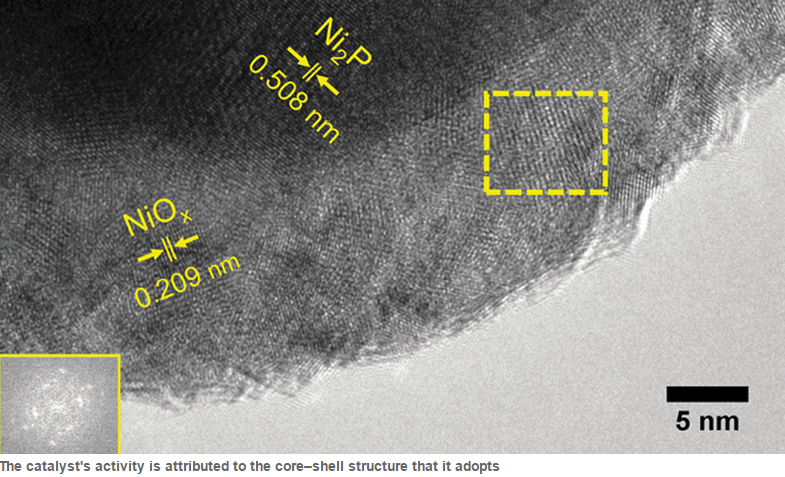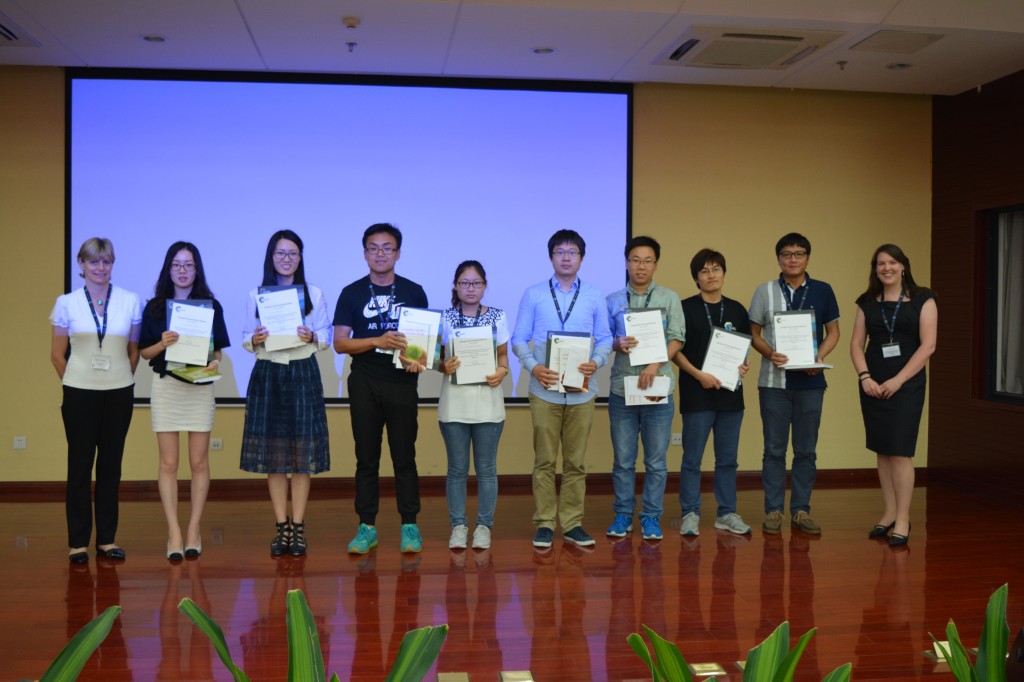We recently awarded a number of Energy & Environmental Science poster prizes at the International Symposium on Energy Conversion and Storage that took place between 31 May-1st June at the Institute of Process Engineering, Chinese Academy of Sciences (IPE-CAS), Beijing, China. The symposium was organised by the Royal Society of Chemistry and was hosted by Energy & Environmental Science Advisory Board member Dan Wang and attended by Executive Editor Anna Simpson.
The winners:
Yu Xin Zhang, Chongqing University, China
Hao Ren, IPE-CAS, China
Jiangyan Wang, IPE-CAS, China
Mingyuan Ma, University of Science and Technology in Beijing, China
Ruiqin Wang, China University of Petroleum (East China), China
Junqiang Zhang, China University of Petroleum (East China), China
Rui Zhang, Humboldt-Universität zu Berli, Germany
Yue Lu, Trinity College Dublin, Ireland
Haonan Si, University of Science and Technology in Beijing, China
Hongjie Tang, University of Science and Technology in Beijing, China












